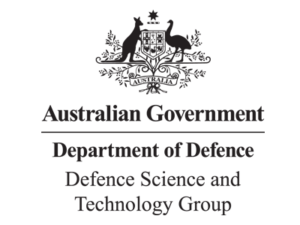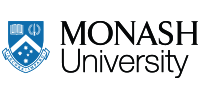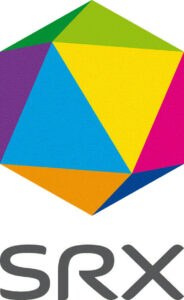Our Projects
Commercialisation of Quality Systems

Project description and overview:
Additive Assurance is commercialising a patented quality assurance technology for 3D printing. The unique method used for image capture produces details to the level of microns, while maintaining a manageable data rate. With this unique advantage, Additive Assurance has been able to develop fully automated analytics and real-time feedback. This delivers actionable information directly to the factory floor as the issues are occurring, allowing manufacturers to save significant costs through early termination or repair of faulty parts.
Additive Assurance will build two hardware alternatives capable of servicing the majority of commercially available powder bed fusion additive manufacturing machines. These two product variants will be supported by proprietary capture and analysis software, developed in-house. Additive Assurance will tailor its solution to the needs of 3D printing for the defence markets. Working with local manufacturers and specialists, Additive Assurance will ensure that the hardware unit is scalable.
The software developed by Additive Assurance uses advanced machine learning algorithms to providealerts in real time to operators concerning the conformance of their part. This information is used to determine whether the printing process should be aborted to save raw materials and optimise the utilisation of the 3D printer.
Additive Assurance’s software also simultaneously creates full documentation of the 3D printing process for quality and certification of parts appropriate for regulatory institutions. Further, unlike most competitors, the Additive Assurance method can be retrofitted to existing printers without requiring any modification to the printer itself.
The specific outcome of this project is the to take the current beta version of our design and make it production ready. This will enable a significant growth in the additive manufacturing industry both in Australia and world-wide; create jobs in the manufacturing sector; and strengthen Australia’s sovereign capabilities and expertise in additive manufacturing.
EXPECTED IMPACT
- Increased collaboration with other manufacturers
- Increased spending on R&D
- Increased information and communication technology (ICT) intensity
- Increased number of staff with science, technology, engineering, and maths (STEM) skills
- Larger patent portfolio
- Better qualified employees
- Increased levels of automation
- Smarter inventory management
- Greater share of services in total revenue
- Higher product value density (by weight)
- Higher trade intensity
- More extensive backward links
EXPECTED GROWTH
- Additive Assurance forecast to sell up to 200 subscriptions over the next 3 years
EXPECTED JOBS
- Additive Assurance plan to employ six new staff
Contributions:
Government Funds: $546,000 | Industry: $546,000






